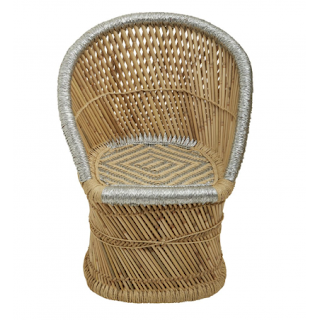Roofing - All About DIY Maintenance
Next time you have the opportunity, step outside and take a good hard look at the roof over your home. Do you notice any damaged shingles? Are there trees brushing up against it? If so, your roof just may be due for a routine maintenance check up. In this article we will outline what to look for and the steps necessary to keep your roofing repair needs to a minimum.
Many asphalt-based roofs are designed to last around 15 years. Tile, slate, and clay systems can last longer, but only if the proper precautions are followed. Below is a helpful checklist to get you started?
Check Your Trees
Trees can cause a variety of problems for roofs made of all types of materials. Branches can easily scratch and gouge roofing materials when they are blown around. Likewise, falling branches can cause serious damage to shingles and other types of roofing. Leaves will clog gutter systems over time which can eventually lead to water back up. Read more at central md roofing.
In order to avoid these and other problems it's important to trim your trees on a regular basis.
Discolored streaks?
If you notice streaks on the roof, it's an indication that you may have mold growth. This may become apparent during periods of high humidity, especially on surfaces which face north and remain predominantly in the shade. If left untreated, these molds will slowly eat away at the roofing material, causing leaks and deterioration.
Once again, trim back the trees around the house to minimize shading. This will also improve air circulation. For a permanent fix, try installing zinc strips along the ridges around the roof.
Missing Ones?
When missing shingles are noticeable, the home becomes much more susceptible to potential water damage and rot. This is typically caused by gusts of wind. As most issues will only progress over time, it's good to take the necessary steps toward repair immediately.
If you happen to have an asphalt shingle roof, fixing the damage is something you can easily manage yourself. First step: loosen the first row to good shingles above the damaged shingle, then using a putty knife, gently pull away the adjacent shingles. Remove the damaged shingle as well and replace with a new shingle.
If you run into a problem which you're unsure of how to fix, the best solution is always to call in a professional. In this way you may be able to avoid a more costly repair down the road.
Many asphalt-based roofs are designed to last around 15 years. Tile, slate, and clay systems can last longer, but only if the proper precautions are followed. Below is a helpful checklist to get you started?
Check Your Trees
Trees can cause a variety of problems for roofs made of all types of materials. Branches can easily scratch and gouge roofing materials when they are blown around. Likewise, falling branches can cause serious damage to shingles and other types of roofing. Leaves will clog gutter systems over time which can eventually lead to water back up. Read more at central md roofing.
In order to avoid these and other problems it's important to trim your trees on a regular basis.
Discolored streaks?
If you notice streaks on the roof, it's an indication that you may have mold growth. This may become apparent during periods of high humidity, especially on surfaces which face north and remain predominantly in the shade. If left untreated, these molds will slowly eat away at the roofing material, causing leaks and deterioration.
Once again, trim back the trees around the house to minimize shading. This will also improve air circulation. For a permanent fix, try installing zinc strips along the ridges around the roof.
Missing Ones?
When missing shingles are noticeable, the home becomes much more susceptible to potential water damage and rot. This is typically caused by gusts of wind. As most issues will only progress over time, it's good to take the necessary steps toward repair immediately.
If you happen to have an asphalt shingle roof, fixing the damage is something you can easily manage yourself. First step: loosen the first row to good shingles above the damaged shingle, then using a putty knife, gently pull away the adjacent shingles. Remove the damaged shingle as well and replace with a new shingle.
If you run into a problem which you're unsure of how to fix, the best solution is always to call in a professional. In this way you may be able to avoid a more costly repair down the road.



Comments
Post a Comment